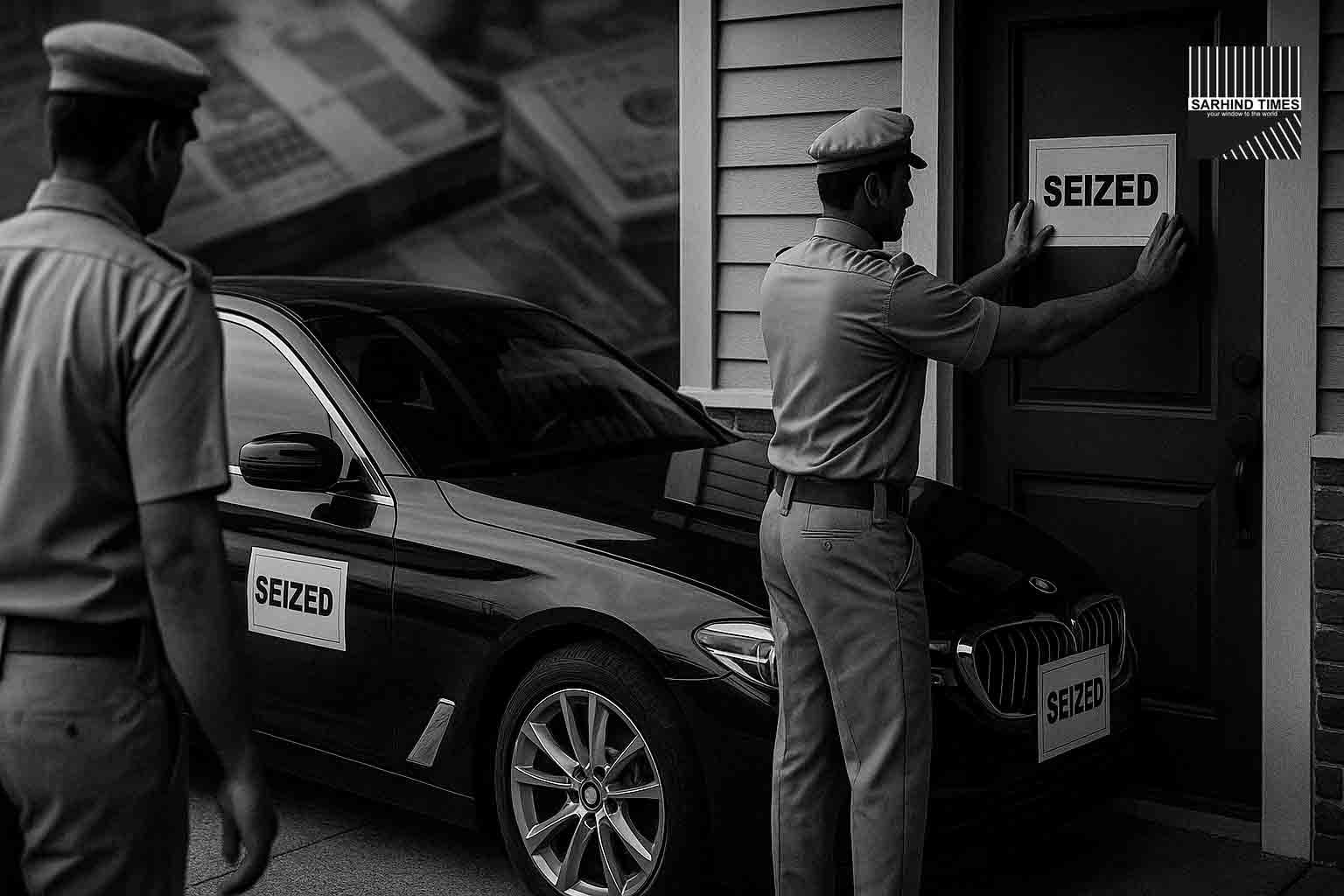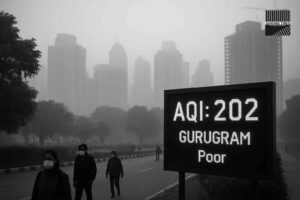20 sep 2025
Delhi, India’s bustling capital, has long been a crossroads for trade, culture, and governance—but like many global cities, it has also become a target for organized crime, particularly the narcotics trade. In a landmark announcement, Delhi Police revealed that they have frozen assets worth ₹21.5 crore linked to drug offenders in 2025—over four times the amount attached in 2024.
This decisive step reflects a paradigm shift in law enforcement strategy: from merely seizing contraband to targeting the financial arteries that keep drug cartels alive. By striking at their money flows, police hope to cripple networks more effectively than through arrests alone.
Why This Crackdown Matters
India sits at the crossroads of the “Golden Crescent” and the “Golden Triangle”—two of the world’s largest narcotics-producing regions. This geographic reality makes the country vulnerable to drug trafficking networks that exploit porous borders, busy ports, and bustling cities.
Delhi, with its vast population and strategic connectivity, often serves as both a market and a transit point. In this context, the move to freeze assets sends a powerful signal: narcotics syndicates can no longer hide behind layers of property, shell accounts, and luxury vehicles.
Inside the ₹21.5 Crore Freeze
According to senior police officials, the frozen assets include:
- Bank Accounts flagged for suspicious deposits and withdrawals.
- Vehicles allegedly used for trafficking or purchased with illicit proceeds.
- Real Estate holdings, often in the names of relatives or associates.
Investigators used financial-intelligence tools: KYC mismatch alerts, transaction monitoring, and inter-state data sharing. This represents a sharp turn toward technology-driven policing.
The NDPS Framework
The Narcotic Drugs and Psychotropic Substances (NDPS) Act, 1985 is India’s principal legal weapon against drugs. Traditionally associated with seizures and arrests, the NDPS framework also empowers authorities to attach and freeze assets linked to the drug trade.
Legal experts note that such measures:
- Disrupt cartel resilience by choking their ability to finance future operations.
- Serve as deterrents—reminding offenders that their wealth is not safe.
- Shift focus to money trails, often leading to bigger fish higher up the chain.
How Financial Warfare Weakens Drug Cartels
Globally, enforcement agencies have learned that money is the lifeblood of organized crime. Arresting low-level peddlers often does little to dismantle networks, but freezing assets can:
- Cut off reinvestment into logistics and supply chains.
- Reduce the cartel’s ability to bribe officials.
- Prevent laundering of drug profits into legitimate sectors like real estate or entertainment.
Delhi Police’s strategy echoes global best practices—used by agencies like the US DEA or the UK’s NCA—adapting them to Indian conditions.
Voices from the Ground
- Senior Police Official: “Seizing drugs hurts them once. Freezing money hurts them forever.”
- Legal Scholar: “Due process is crucial. Without safeguards, innocent family members may face undue hardship.”
- Civil Liberties Activist: “Asset freezes must come with timely judicial review to protect fundamental rights.”
Civil Liberties Concerns
While the crackdown has been applauded, critics point to risks:
- Families unaware of illicit origins may lose property.
- Delays in review could mean months of wrongful deprivation.
- Overreach without evidence could erode trust in institutions.
Thus, while asset freezes are powerful, they must be carefully balanced with constitutional protections.
Wider Implications for Delhi
- Urban Crime Control – Targeting assets could reduce violent turf wars, as cartels lose funding.
- Public Perception – Citizens may feel more confident in law enforcement.
- Cross-Border Coordination – With money often flowing through multiple states, the freeze could push agencies toward greater inter-state and even international cooperation.
The Technology Edge
Delhi Police reportedly relied on:
- AI-driven transaction monitoring to flag unusual financial activity.
- Inter-agency databases to trace ownership patterns.
- Forensic accounting to link assets with narcotics cases.
This signals a digital transformation in policing where algorithms and financial intelligence work hand-in-hand with traditional investigations.
Global Lessons
Countries worldwide have used asset freezing to devastating effect:
- Colombia – dismantled cocaine cartels by seizing luxury estates.
- US – RICO laws enabled seizure of mafia-owned businesses.
- Australia – linked financial tracking to anti-drug enforcement.
India’s current trajectory mirrors these practices, though with unique challenges given its vast informal economy and cash dominance.
Looking Ahead
Delhi Police hinted at more such actions in coming months, as intelligence units expand their scope. Analysts predict:
- More high-profile seizures, especially of luxury cars and prime real estate.
- Policy reforms to streamline asset attachment procedures.
- Collaboration with banks to automate suspicious activity reports.
The crackdown could evolve into a template for other Indian states, reshaping how the country fights narcotics.
Conclusion
The freezing of ₹21.5 crore in assets marks a watershed in India’s war against drugs. It underscores a critical lesson: organized crime cannot survive without its finances. While challenges around due process remain, the move signals a firm intent to pursue financial warfare against narcotics syndicates.
In the years ahead, success will depend not only on seizures but also on how effectively authorities balance crime control with constitutional rights. For now, Delhi’s crackdown has sent shockwaves through the underworld—and hope through the city.
#Delhi #Law #NDPS #Crime #AssetFreeze #Policing #Drugs #FinancialCrime #SarhindTimes






















+ There are no comments
Add yours